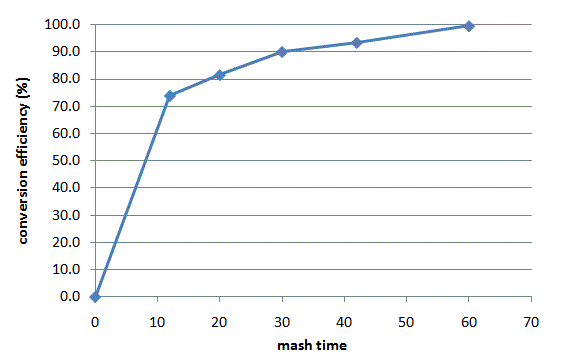As luck will have it, both the freezer chests I have been using for lagering and primary fermentation are broken and I have to get new ones. They have been running well for more than 5 years and started failing within 2 months of each other.
Currently my basement is at ~14 C and fermentation control for ales is as simple as a heating pad and a temperature controller. The probe is strapped to the carboy or placed into the bucket with a thermowell. The heating pad is placed underneath the fermenter. But lagers are a bit more challenging since I need to get them below ambient temperature. After some thinking I came up with this setup that uses equipment I have available. I doubt that I’m the first one to do it that way and I think Basic Brewing’s Low Cost Lagering approach works like this:
The carboy sits in a tub of water and a submersible utility pump (the same pump I use for my carboy washer) pumps water through my immersion chiller. That chiller sits in my mashtun filled with snow slush. The pump is controlled through a temp controller connected to a probe sitting in a glass thermowell which reaches into the water in the tub. This setup work very well for me but here are a few thoughts and concerns:
- Don’t let the ice or snow melt completely. If the pup ends up running continuously, because the water is not cooled, it will actually warm the water through its own heat. Initially I had the ice in a plastic bucket and it melted pretty quickly. After putting it in the MLT I only have to top it off once a day. The MLT has the added benefit that I can easily drain the melt water.
- Since I have stick-on thermometers on my carboys I can’t submerge them completely. Before fermentation starts this can cause temperature stratification and result in the top of the beer starting fermentation a higher than intended temperature. Next time I’ll put the carboy into a large trash bag which should allow me to submerge the carboy more completely.
I drape the blue blanket to cover the whole set-up and keep out the light.





